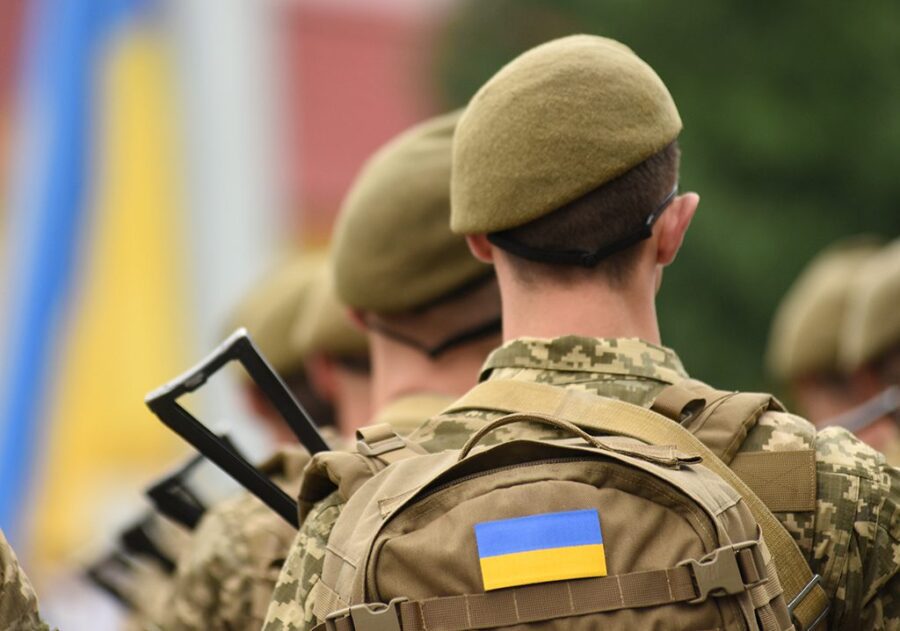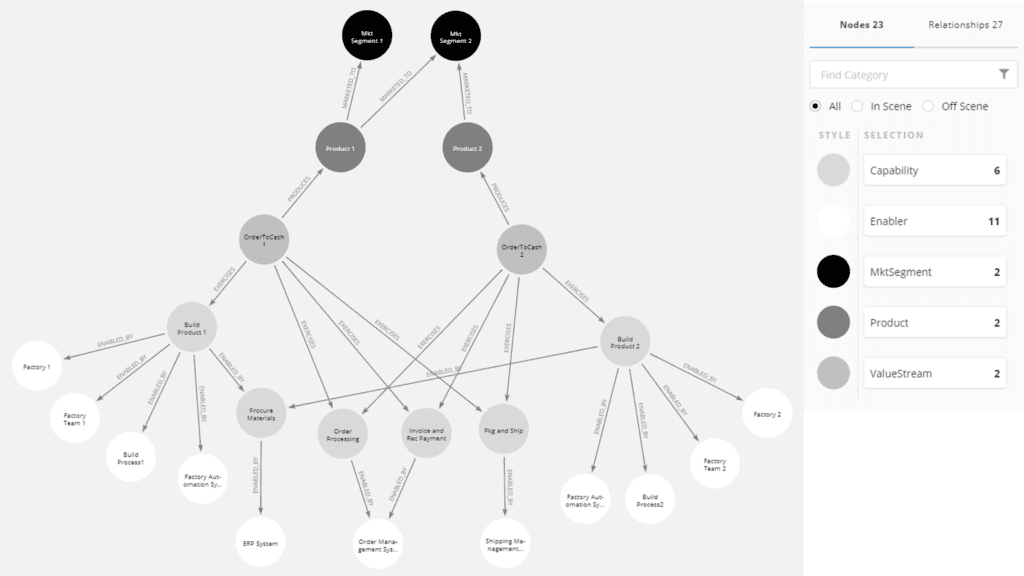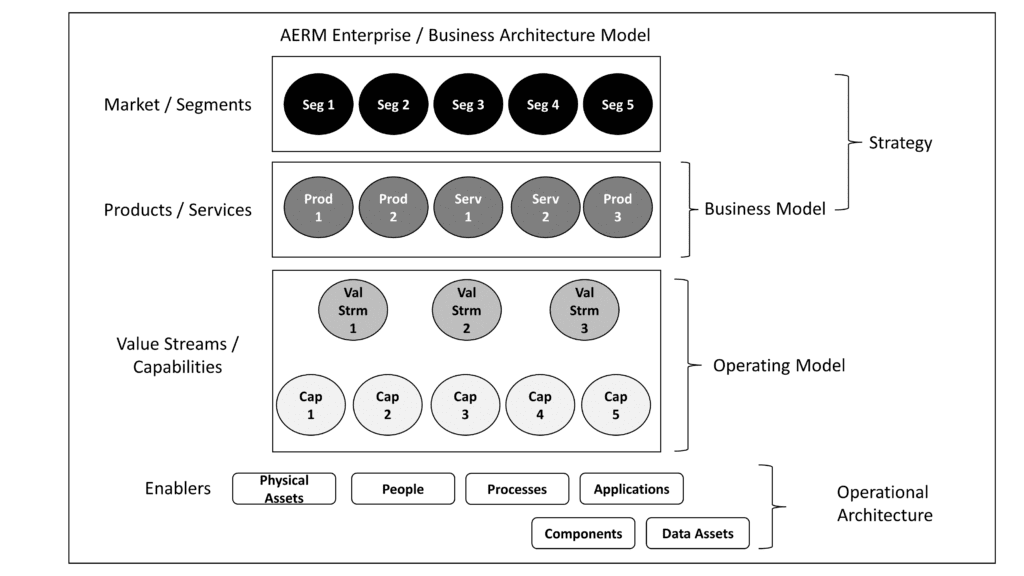
The world is watching the war Russia is waging against the Ukrainians. Most of it applauds how the Ukrainians adapt to a rapidly evolving environment and occasionally prevail. This article describes how the Ukrainian’s agility serves them quite well in the conflict.
Business competition has often been spoken about as if it were armed conflict. For instance, an article well worth reading from the US Army includes this observation:
Those who are not constantly taking the steps needed to adapt and improve will ultimately fall victim to the organizations that do. In war, going out of business is more commonly called defeat, and bankruptcy is called annexation.
There are, of course, innumerable others. This post from asymmetric describes the use of wargaming to develop and hone business strategy.
At the Agile 2 Academy, we’ve written extensively about Big-A Agile, Small-a agile, and agility, specifically, Business Agility. They are not all the same thing. Big-A and Small-a agile refer to digital development approaches. Big-A Agile refers to agile development employing commercial frameworks, like Scrum or SAFe, and Small-a agile refers to adaptive approaches, such as what the Agile 2 Academy espouses. Business Agility refers to an enterprise’s ability to identify opportunities or threats in its environment and respond to them rapidly.
We’ve also written about Business Agility as a goal that requires more than just Digital Agility. Achieving it requires the enterprise to demonstrate a willingness to transform its Operating Model and Operational Architecture in lock-step with changes in its products, systems, and infrastructure. Without such malleability, the benefits that new systems are intended to enable will not be realized.
We employ a high-level, coarse-grained EA model to depict an enterprise. The EA entities palette includes Products, Value Streams (containers for the internal elements of the enterprise that are dedicated to producing the products,) Capabilities, and Enablers. Here’s a Neo4j graph of a subset of an enterprise representing two products and two value streams:

This diagram shows the Capabilities and Enablers dedicated to each product uniquely (the Factories, Teams, and so on) and which are shared (the various systems that support order management, shipping and so forth.)
The diagram below maps the EA model elements onto a hierarchy that includes Strategy, Business Model, Operating Model, and Operational Architecture.

The Agile 2 Academy employs the philosophy and approach described in Agile 2: The Next Iteration of Agile. Its approach has three critical building blocks: Culture, Knowledge, and Behaviors. Culture prompts people to work constructively and collaboratively to demonstrate the Behaviors that make teams more effective and efficient. Knowledge, of course, is required to inform the process and to guide it toward desired outcomes.
Leadership plays an important role, and Agile 2 has a lot to say about the many types of leadership, their applicability in different situations, how they evolve or are established, and how they contribute to culture and behaviors.
So, what does this have to do with agile, the war the Ukrainians are fighting, and the Agile 2 Academy? Good question. There are several things, with quotes taken from the WSJ article:
Culture
The Russians have failed to establish the culture necessary to be disciplined about how they conduct themselves on the battlefield, especially against a more agile enemy.
Russian failures also helped open the way for Ukraine’s advance in the Kharkiv region. When Ukrainian commandos slipped behind enemy lines last month, they were stunned to find Russian troops so unprepared . . . At the end of August, drone teams and special-forces squads crept through forests and along treelines to probe for weak points. They were surprised by how relaxed Russian soldiers appeared, barely seeking cover from aerial surveillance. There were only a handful of armored vehicles in front-line villages.
Distributed authority and autonomy
It’s been widely reported that the Russians rely heavily on a hierarchical command-and-control structure that usurps individual initiative from their junior officers.
Russians . . .have been slowed by a Soviet-era decision-making structure, in which orders trickle down the chain of command from Moscow, and troops at the front lines take little initiative. . . “Russians want attrition, they want formations clashing en masse—that’s where they’re used to having the advantage,” said John Spencer, chair of urban warfare studies at the Madison Policy Forum. “But the Ukrainians won’t give them that.” . . . Eliot Cohen, a military historian and strategist with the Center for Strategic and International Studies in Washington, said the Russians “are capable of making big decisions, but I wouldn’t call it an agile military, by a long shot.”
But, with the right culture and leadership in place, Ukrainian teams are free to respond to threats and exploit opportunities where they find them.
Ukraine’s command structure encourages junior officers to make in-the-moment battlefield decisions, an authority that they have used to seize opportunities and quickly take advantage of enemy weaknesses. . . Oleksiy Danilov, secretary of Ukraine’s National Security and Defense Council, said Ukraine’s introduction from the West of a command-and-control model based on the North Atlantic Treaty Organization provided a competitive advantage. “A junior commanding officer has the ability to make decisions depending on the situation and takes responsibility for himself, for his soldiers and for the territory,” he said.
Leadership
Leadership is not explicitly addressed in the article, but it has been reported in many other sources, and its impact on culture may be inferred. The Russians are undisciplined and not highly motivated. There have been reports of dissension and instances of total unpreparedness. Given the number of top general staff that the Kremlin has killed or replaced, leadership has been an ongoing problem.
Ability and willingness to pivot, step outside one’s lane and respond to threats or opportunities.
Regardless of what their assignments might have been, Ukrainian forces pivot when circumstances warrant.
The reconnaissance teams called in artillery strikes using Starlink—a U.S. satellite system providing access to the internet—targeting ammunition depots, vehicles and personnel. Intelligence officers used radio intercepts and other surveillance to locate enemy positions. Drone pilots offered artillerymen a range of targets and sometimes called in strikes directly. . . Paratroopers and other assault units fanned out through villages, communicating on encrypted radios.
Ability to transform the operating model to achieve benefits resulting from a new operational architecture (inside-out exploitation of a new strength)
When the Ukrainians acquire abandoned Russian weapons or communication equipment, they integrate them into their arsenal, make whatever accommodations may be necessary to operationalize them, and continue fighting, now with enhanced capabilities.
By Sept. 10, the Russians had withdrawn, sometimes commandeering civilian vehicles to escape. Soldiers raced across fields in armored vehicles that got stuck, forcing a retreat on foot. Moscow said it was regrouping forces in the Donetsk region and called the hasty withdrawal an organized operation. . . The Russians left behind hundreds of tanks, howitzers and fighting vehicles. Ukrainians got many of them running to use against their former owners.
Willingness and ability to transform the operational architecture to achieve a new operating model when circumstances require it (outside-in response to an external threat or opportunity)
The Ukrainians have been requesting and receiving supplies from numerous countries, upgrading their capabilities to respond to specific threats. Many of them are incompatible, for instance, rifles being of different calibers, but they have managed to integrate and employ them to good effect.
Modern tools of warfare critical to Ukraine include precision long-range artillery and rocket launchers provided by the U.S. and other allies. Together with shared Western intelligence and drones, which help Ukrainian forces to see over the horizon, the advanced weapons, including Himars, have allowed Ukraine to hit supply lines, air-defenses and military bases far behind enemy lines. . . The Ukrainian advances in the east and the south of the country looked like separate operations but in retrospect they appear to be part of a coordinated plan. “I see them as part of a whole,” said Phillips O’Brien, professor of strategic studies at the University of St. Andrews in Scotland.
In Summary
There are lessons in how the Ukrainians are managing the war that echo aspects of business agility:
- Culture is crucial. It is a major part of what motivates people to do the things that make the difference between excellent performance, mediocre performance, and failure.
- Distributed authority and autonomy contribute to culture and performance. People who feel trusted have a more positive attitude about their role and a greater willingness to go the extra mile when needed. Decentralizing decision-making can also shorten the OODA loop.
- Leadership is the lubricant that makes everything work. Dysfunctional leadership can completely impair teams’ productivity.
- Flexibility allows teams to respond to unanticipated opportunities or issues, even though it might require individuals to step out of their lanes and take on new responsibilities. Culture contributes to flexibility.
- Willingness to transform the Operating Model to accommodate new Products, Services, Capabilities, or Enablers is required to achieve OKRs associated with initiatives. If your enterprise acquires new enabling infrastructure or rolls out new products without changing your Operating Model, you may not achieve what you set out to.
- Willingness to transform the Operational Architecture is HOW you achieve the outcomes you have targeted. When you identify a new product or service opportunity, you must understand whether you are, in fact, capable of developing, producing, and supporting it. If you are not, you must be willing to modify your Operational Architecture to enable your initiative.
Simply put, the Ukrainians demonstrate all these traits, and the Russians do not. This is why, at least for now, the Ukrainians seem to have the advantage.
